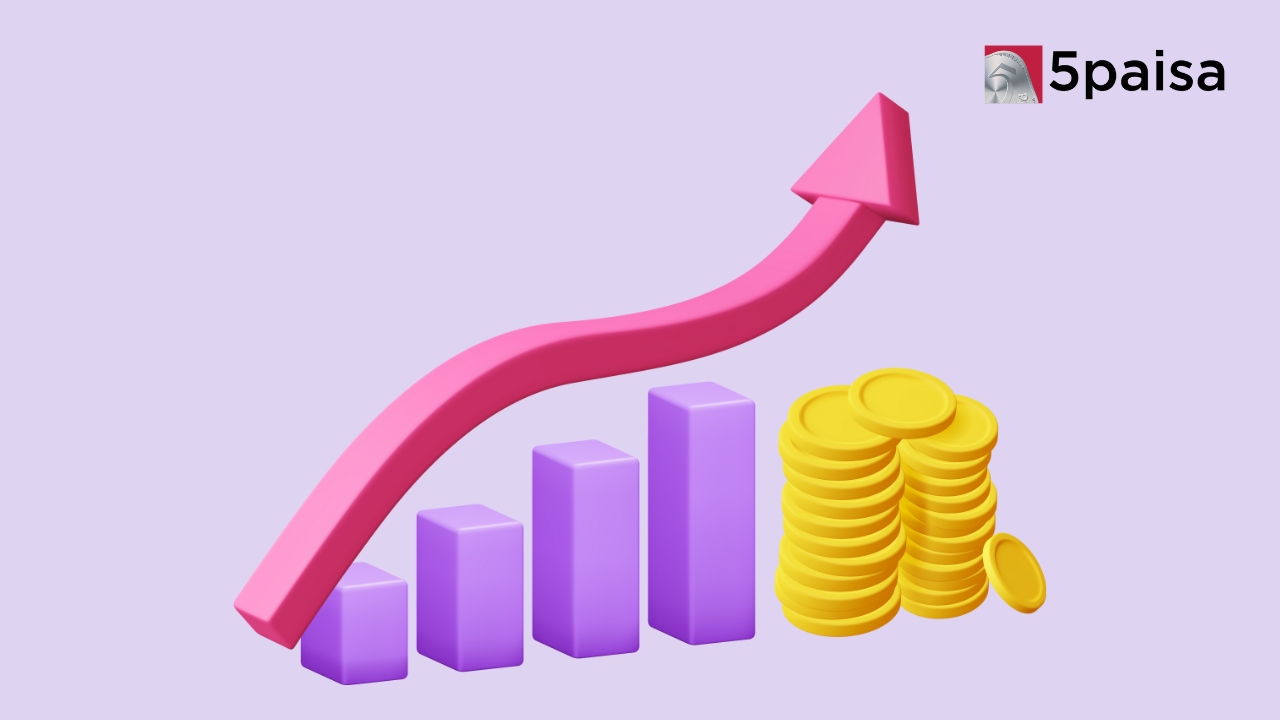RBI’s financial inclusion index rises: What is it and what does it really signify?

Last Updated: 14th December 2022 - 02:06 am
The Indian economy is becoming more financially inclusive, very quickly. At least that is what the latest numbers released by the Reserve Bank of India (RBI) seem to suggest.
The RBI’s composite financial inclusion index (FI-index) rose to 56.4 in March 2022, showing an uptick across all parameters.
"The value of FI Index for March 2022 stands at 56.4 vis-a-vis 53.9 in March 2021, with growth witnessed across all the sub-indices," the central bank said in a statement.
But what really is the FI-index and when was it conceptualised?
The FI-index captures information on various aspects of financial inclusion in a single value ranging between 0 and 100, where 0 represents complete financial exclusion and 100 indicates full financial inclusion.
In August last year, the central bank said it has been conceptualised as a comprehensive index, incorporating details of banking, investments, insurance, postal, as well as the pension sector, in consultation with government and respective sectoral regulators.
The FI-Index comprises three broad parameters -- Access (35 per cent), Usage (45 per cent), and Quality (20 per cent) with each of these consisting of various dimensions, which are computed based on several indicators.
The FI-Index was constructed without any 'base year' and as such it reflects the cumulative efforts of all stakeholders over the years towards financial inclusion. The index is now published annually.
How has the FI-index grown over the last couple of years?
According to RBI Annual Report, 2022, “The annual FI-Index for the period ending March 2021 stood at 53.9 as against 43.4 for the period ending March 2017, capturing the progress made in this area. The FI-Index will be published annually in July every year.”
Why has financial inclusion been growing in India so rapidly?
According to a blog post by banker turned economist B. Yerram Raju, the real instrument for giving a big push came with the opening of Jan Dhan Account, introduction of mobile link to the accounts through Aadhaar, opening no-frills accounts were all the initiatives of the Government in the financial sector, that the RBI cannot take credit for.
The single factor responsible for India ranking high in financial inclusion is technology, low-cost network availability and easy availability of mobile phones that include smart phones. 2.5lakh villages have been provided broadband connectivity.
Payment options became easier and convenient, thanks to the National Payment Corporation of India’s Unified Payment Interface (UPI). Every Bank started mobile instrumentality for payment solution followed by NBFCs and fintechs.
- Flat ₹20 Brokerage
- Next-gen Trading
- Advance Charting
- Actionable Ideas
Trending on 5paisa
Indian Stock Market Related Articles
Disclaimer: Investment in securities market are subject to market risks, read all the related documents carefully before investing. For detailed disclaimer please Click here.
 5paisa Research Team
5paisa Research Team
 Sachin Gupta
Sachin Gupta




